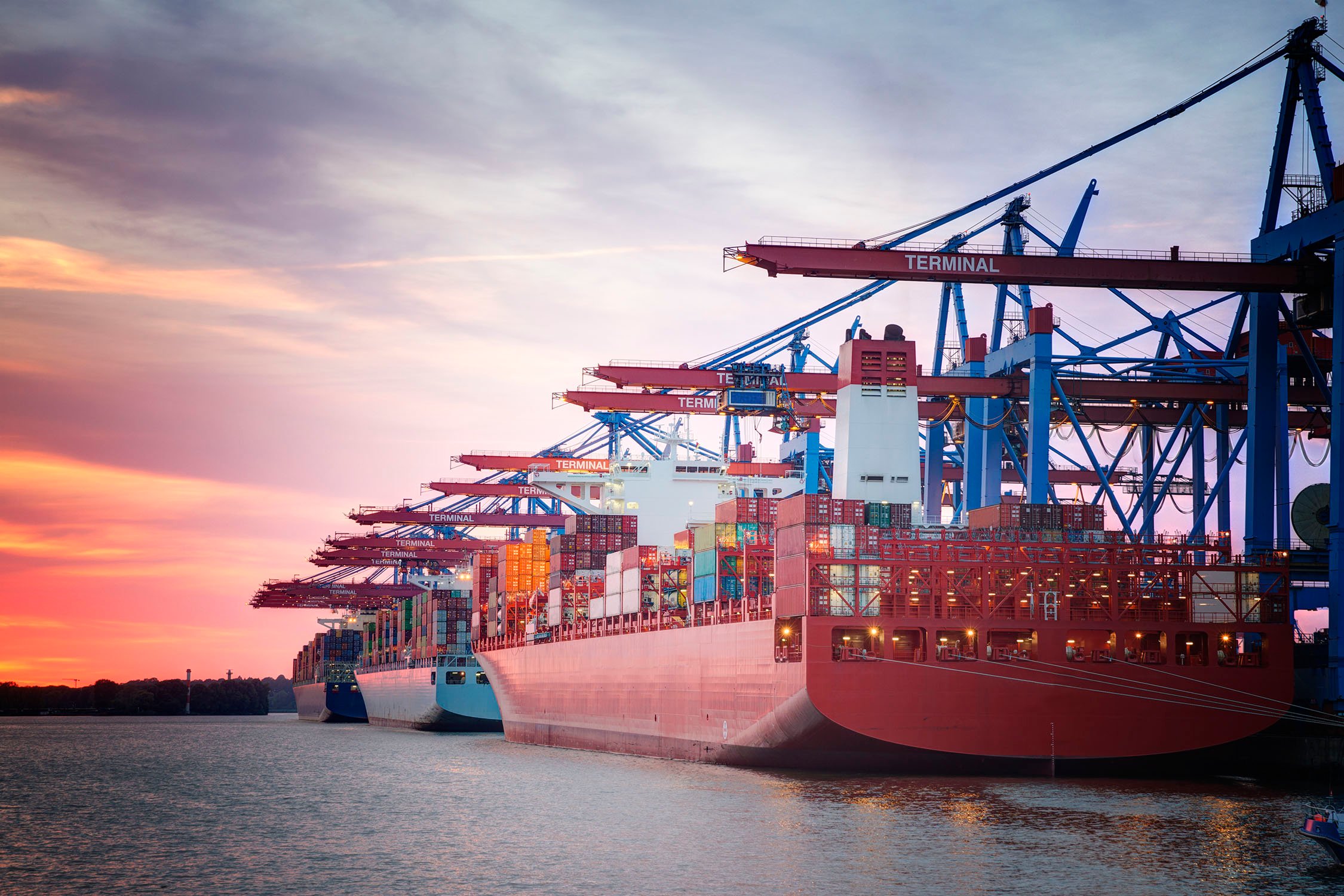The WTO announced that WTO members discussed five new or enhanced proposals to advance services negotiations at meetings of the Working Party on Domestic Regulation and the Services Council on 14-17 March 2017. Four of these proposals aim to ensure that domestic licensing procedures and technical standards do not constitute unnecessary barriers to trade while one proposal relates to the establishment of a trade facilitation agreement for services. The WTO provided the following summaries:
